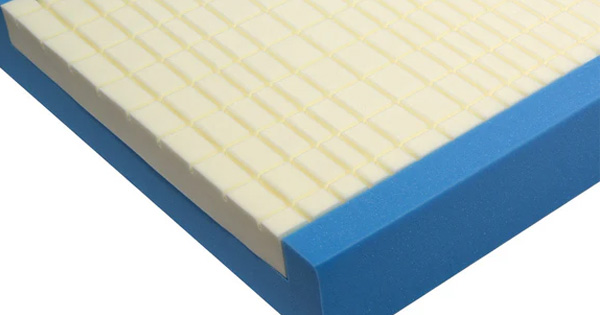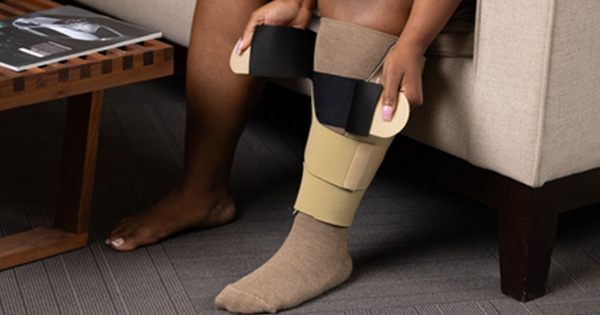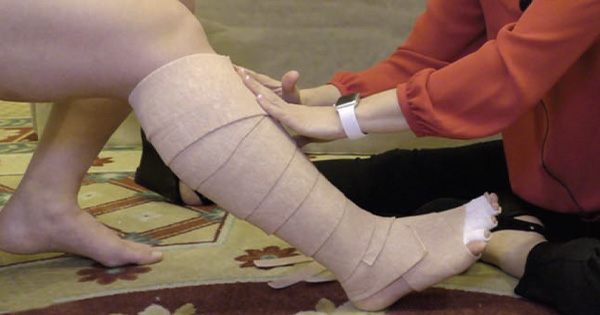Wound care clinicians are going to be hearing a lot about focused rigidity casts (FRCs) in the next few years. But what are they and what is their history? Moreover, what is their application in the wound clinic? These casts are made from a flexible polymer resin, which is not as brittle or hard as fibreglass. An area of increased rigidity is applied to the FRC at the site that requires support, pressure reduction or offloading by increasing the number of layers of bandage. The polymer resin is available in different strengths, selected according to the patients weight, activity levels, ulcer location and skin fragility. The cast is custom made for the patients foot and the site requiring offloading, so the shape of the cast varies. For example, the heel or Martini cast is small and only fits around the region of the heel (Stuart, 2008; Hutchinson et al, 2010; 2011), while a slipper cast covers the whole foot (Dagg et al, 2013a). At present there appears to be no standardised method of applying the FRC, with some clinicians using an underlayer of soft band (Stuart et al, 2008), others applying padding over bony prominence, and some using no extra padding (Dagg et al, 2013b). Despite these different methods of application, the basic underlying principle is the same to reduce pressure at the ulcer site. FRCs can be used to reduce pressure from the plantar surfaces or borders of the foot.






